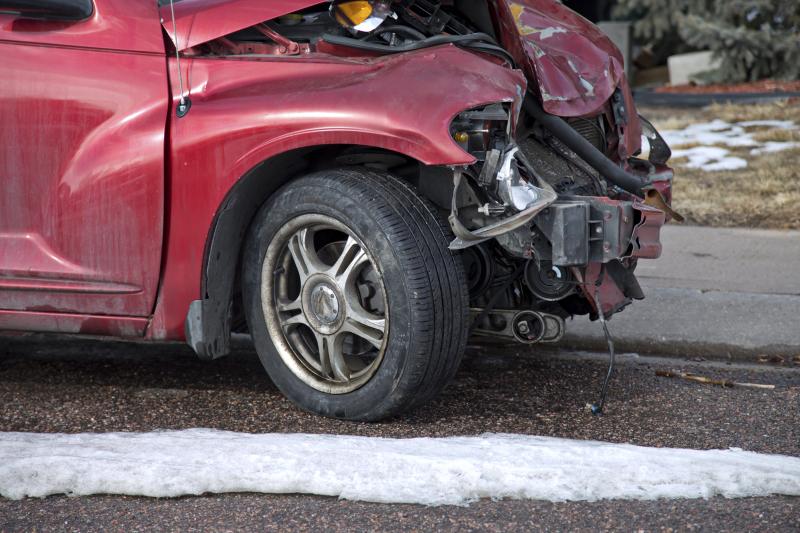A vehicle that has been branded with a rebuilt title has a history that includes extensive damage resulting from an accident, flooding, fire or vandalism or the theft and lack of recovery of the vehicle. From this point, a vehicle may be sold to be dismantled for parts or purchased for the purpose of being rebuilt and returned to the road. For a rebuilt title to be issued, the vehicle usually goes through a four-step process.

Vehicles that have been damaged enough that the cost of the necessary repairs represents a significant percentage of the car’s current value are normally written off by the insurance company on record. Each state determines the level of damage at which insurance companies can declare a vehicle as being a total loss. Generally speaking, a vehicle can be written off, or "totaled," when cost of repairs exceeds 75 percent of its value before being damaged. An exception to measuring repair costs against the car's value occurs in 11 states in cases of theft, where recovered vehicles are automatically designated as totaled, regardless of the amount of damage. The title of the vehicle is replaced by a salvage certificate, which means that the car cannot be registered or driven on public roads.
The Insurer Sells the VehicleWhen an insurance company writes off a vehicle, it pays a claim to the owner, takes possession of the car and designates the car as a salvage vehicle. To make up for the cost of the claim, at least in part, the insurer can put the vehicle up for sale at either an automobile auction house or on a number of online auction sites. Depending on the extent of damage to the vehicle, the car may be purchased by an auto recycler, a garage or a private buyer.
Someone Rebuilds the CarBuyers that intend to return the car to the road with a rebuilt title must first repair the parts and components that were listed on the insurance company’s original damage report. During this process, the owner should take before and after pictures of repairs and keep all receipts for parts that were used to rebuild the vehicle. These receipts are vital, as a significant portion of time in state inspections is spent on confirming that no stolen parts were used to repair the vehicle.
The Vehicle Passes State InspectionState inspections have two primary goals: to confirm that the vehicle or any parts used in the repair were not stolen and to make sure that the damage listed on the original estimate has been repaired. It is difficult to determine that parts without vehicle identification numbers have been stolen, but providing receipts from licensed repair shops can help to satisfy questions of stolen parts used in the repairs. The state inspector also checks VIN numbers on the car and parts that have been stamped with a VIN to see if they have been recorded as being stolen. To confirm that required repairs have been done, the vehicle owner can supply the original damage estimate, the receipts for repairs of the items listed and pictures that document the repairs. Upon passing state inspection, the vehicle is deemed street-legal and is given a certificate of title that designates it as rebuilt.